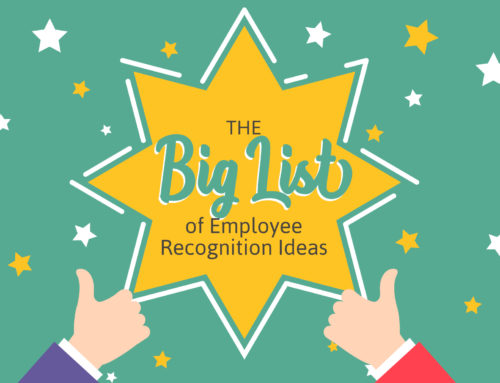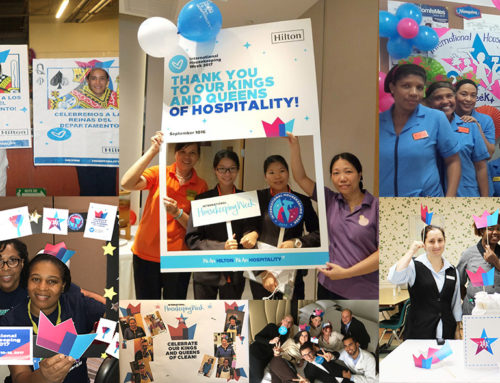 When it comes to your employees, what’s the difference between four hours and seven hours of sleep? What about a few more points of cholesterol, or 20 extra heartbeats per minute?
When it comes to your employees, what’s the difference between four hours and seven hours of sleep? What about a few more points of cholesterol, or 20 extra heartbeats per minute?
The difference is huge, says a recent study from the Gallup Business Journal. According to the study, poor employee wellbeing can lead to significant slumps in engagement and performance. Each month, poor wellbeing “accounts for 600 unhealthy days per 1,000 employees.” And employees whose wellbeing is even slightly worse than their coworkers’ have an 18.6 percent higher risk of sleep disorders, 14.6 percent higher risk of diabetes, and 5.9 percent higher risk of hypertension.
Even worse, healthcare costs are rapidly swelling; costs are up 30 percent from 2007, according to a 2012 report from the Kaiser Family Foundation and Health Research & Education Trust.
Although companies combat these statistics with corporate wellness programs, it can be difficult to capture your team’s attention and motivate them to get healthy and stay healthy — especially when those employees are busier than ever.
At RSW, we agree that employee wellbeing is crucial to an effective workplace. We’ve coordinated several successful global initiatives — and learned a few things along the way. Here are our favorite tips and strategies to supercharge your global wellness initiatives.
1. Make it Relevant. Tailor your communications to your audience. If you’re promoting breast cancer awareness, a predominantly male audience might ignore an onslaught of emails telling them to schedule a mammogram.
“Self-interest drives behavior,” says SHRM. “Human beings respond to what’s important to them.” That means in order to engage your audience, you must get to know them. While men have a small chance of developing breast cancer, their wives, daughters, mothers, sisters, and friends may be at risk. Make your campaign relevant by eliciting compassion, sharing useful information (such as risk factors, benefits of early detection, and screening locations), and encouraging them to take action for loved ones, if not for themselves.
2. Understand Cultural Differences. Shipping logistics aren’t the only challenges of global campaigns. Translating messaging to inspire several countries — and cultures — is daunting. So don’t do it alone. In each country, establish a point of contact to smooth the process. This person will be a valuable bridge to each country, and responsible for coordinating events and navigating important issues and cultural differences. Establishing a point of contact is also a great way to make a campaign feel personal and sincere, instead of a blanket statement issued from corporate.
3. Think Like Ad People. At RSW, we may not be doctors, but we’re ace communicators. We know that no matter how beneficial your message is, it won’t be heard if you pass it around as a memo or cram it into your team’s inboxes. Get creative with your pitch. Make a repeated visual splash with a variety of posters, flyers, or banners around the office, including the hallways, cafeterias, and bathrooms. Double your initiative’s reach by sending items to your employees’ homes. Whatever channel you pick, make it one unique to your campaign’s messaging so employees don’t get confused, or worse — bored.
4. Think Small. Instead of asking employees to overhaul their routines, encourage them to make easy and attainable changes, such taking a walk, preparing the night before in order to get more sleep, or banishing the salt shaker.
“We want to give people small steps, achievable things,” says John Douris, VP of Account Service at RSW. That was the idea behind Power of Prevention, a wellness program RSW helped Aon Hewitt develop for HP. We concluded that if every employee did one simple thing to fight cancer, such as wear a pin, change an email signature or Facebook status, or hang a flyer, together HP’s thousands of employees worldwide could make a difference.
5. Create a Community. A successful wellness initiative is built on support, so give your employees a way to encourage and share experiences on a large scale. The ability to support and communicate with coworkers nationally or globally makes your initiative feel inclusive, which bolsters teamwork and morale. According to Corporate Wellness Magazine, “Good health spreads through social networks … social recruiting gets people involved, and social support and accountability keep them involved.”
Create a social network for your employees by offering a secure online application that allows employees to reach out and share their experiences, stories, photos, and successes.
You may not see changes overnight, but don’t lose sight of your goal. These tips take effort, commitment, and patience — just like any good wellness program.







Leave A Comment